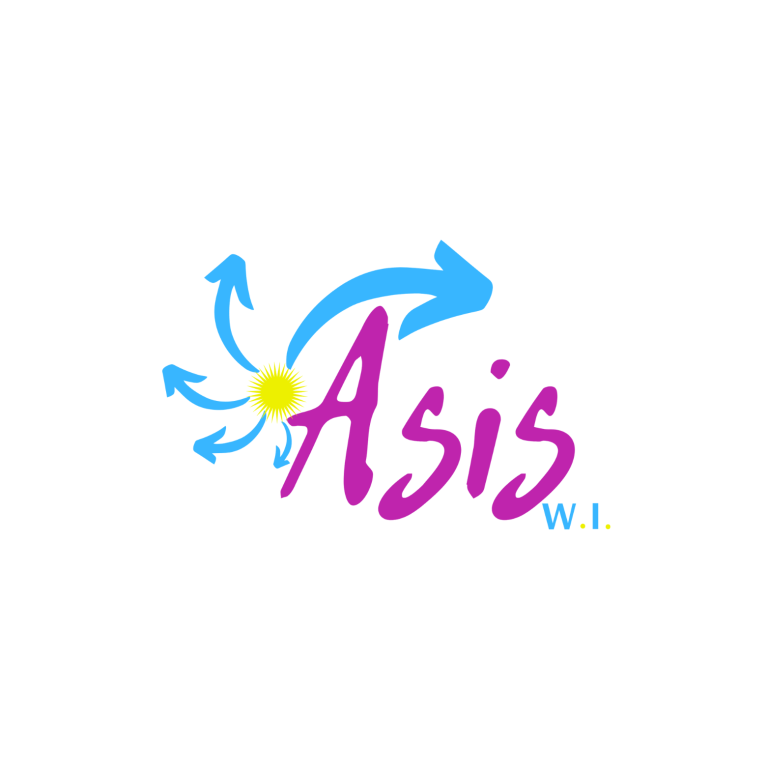The Carnival of Trinidad and Tobago is one of the most iconic and vibrant festivals in the world. Celebrated annually before Ash Wednesday, this event marks the pinnacle of a series of exhilarating festivities that last several months. .
The Carnival of Trinidad and Tobago is not only a celebration of music, dance, and creativity but also plays a crucial role in constructing the Trinidadian and Tobagonian national identity. This article offers an in-depth analysis of the rich traditions, stunning costumes, and significance of the Carnival of Trinidad and Tobago in local culture while exploring its origins, meanings, and social impacts.
Historical Background of the Carnival
The Carnival of Trinidad and Tobago has its roots in the pre-Lenten celebrations of European colonizers, blended with dynamic African traditions brought by enslaved people. Over the years, the Carnival of Trinidad and Tobago evolved into a unique mix of cultures, influences, and styles. The earliest carnival-like events were observed in the early 18th century when European colonists began organizing pre-Lenten parties.
However, it was after the abolition of slavery in 1834 that freed slaves fully participated in these thrilling celebrations, bringing with them cultural elements that enriched the Carnival of Trinidad and Tobago.
In the 20th century, the Carnival of Trinidad and Tobago soared in popularity, incorporating elements of calypso music, soca, and steel pan. Each year, thousands of participants and spectators gather to admire spectacular parades and musical performances, making this event a true symbol of Caribbean culture.
The Traditions of the Carnival
Jouvert
The Carnival of Trinidad and Tobago officially begins with “Jouvert,” which means “to open” in Creole. This event occurs early in the morning and is known for its festive and informal atmosphere. Participants cover themselves in mud, paint, or chocolate, symbolizing liberation, self-expression, and a return to African roots. Jouvert is a time of camaraderie, dance, and music, where people come together to celebrate their culture in an atmosphere of joy and freedom.
This tradition dates back to the slavery era, when enslaved individuals gathered to celebrate their culture and identity, often in costumes that mocked their masters. Today, Jouvert stands as a symbol of resistance and self-affirmation, uniting thousands of participants dancing in the streets, and creating a euphoric atmosphere.
Mas and Costumes
Costumes, or “mas,” are at the heart of the Carnival of Trinidad and Tobago. Mas groups spend months designing elaborate costumes, often inspired by social, political, or historical themes. Participants choose a group and wear colorful costumes adorned with feathers, sequins, and beads. The main parade, held on Carnival Monday and Tuesday, is a dazzling spectacle where thousands march through the streets, contributing to a vibrant and euphoric atmosphere.
Costumes are often based on mythological characters, historical figures, or contemporary themes, with each mas group presenting a unique theme. Costume creation workshops play a crucial role in carnival preparation, where artisans and designers collaborate to bring artistic visions to life. These costumes are not just clothing; they are powerful artistic and cultural expressions that enhance the sense of belonging to the Carnival of Trinidad and Tobago.
Customs and Symbolism
Music
Music is the soul of the Carnival of Trinidad and Tobago. Genres like calypso and soca dominate the soundscape, with artists composing catchy songs specifically for the event. Steelpan music, played on steel drums, is also a key element, adding a unique sound to the carnival. Calypso and soca competitions attract exceptional talent from across the island and are highlights of the festival.
Calypso artists often use their songs to address social and political issues, making the Carnival of Trinidad and Tobago a space for social critique and expression. Soca, on the other hand, is more upbeat and festive, encouraging dance and celebration. Steelpan bands, performing during the Carnival of Trinidad and Tobago, add an additional musical dimension, filling the streets with infectious rhythms.

The costumes of the Carnival of Trinidad and Tobago serve as more than mere attire; they are powerful artistic and cultural expressions.
Each costume tells a compelling story, often linked to colonial history, social struggles, or life celebrations. Feathers symbolize freedom and creativity, while vibrant colors reflect the joy and energy of the Trinidadian people. Costume themes can also address contemporary issues, offering social commentary on current events. For example, some costumes might evoke struggles for civil rights or celebrate ethnic diversity.
The Carnival of Trinidad and Tobago also represents the cultural richness of Trinidad and Tobago, with participants from various ethnic backgrounds coming together to celebrate their common identity. This diversity is reflected in the costumes, music, and dances, showcasing that the Carnival of Trinidad and Tobago is a true cultural melting pot.

Importance of the Carnival in National Identity
Social Cohesion
The Carnival of Trinidad and Tobago is a moment when social, economic, and ethnic differences fade away. It is an inclusive celebration that brings people from all walks of life together. The massive participation in the event strengthens community ties and fosters a sense of belonging to a united nation. Residents of Trinidad and Tobago, regardless of their status, join in the festivities, creating a fascinating blend of energies and emotions.
Cultural Expression
The Carnival of Trinidad and Tobago provides a platform for cultural expression. Artists, musicians, designers, and performers showcase their creativity and talent, contributing to the country’s vibrant cultural richness. The carnival also preserves and transmits cultural traditions and practices to future generations. Many young people actively participate in preparations, learning the skills necessary to create costumes, play music, or dance.
Tourist Attraction
The Carnival of Trinidad and Tobago is a major tourist attraction, drawing visitors from around the world. This has a positive economic impact, generating revenue for the country and promoting Trinidadian culture on the international stage.
Tourists come not only to witness the spectacle but also to partake in this unique celebration, further strengthening national identity. Visitors are often awed by the creativity, passion, and energy that emanate from the Carnival of Trinidad and Tobago, contributing to Trinidad and Tobago’s international reputation as a cultural destination.
The Carnival of Trinidad and Tobago is much more than a festival; it is a celebration of national identity, culture, and the heritage of a people. Through its traditions, costumes, and music, the Carnival of Trinidad and Tobago embodies the vibrant spirit and resilience of Trinidadians and Tobagonians.
By bringing together individuals from all backgrounds, it strengthens community ties and promotes a positive image of the nation on the global stage. The Carnival of Trinidad and Tobago stands as a living symbol of the diversity and unity that characterize the Caribbean. By celebrating this event, Trinidad and Tobago not only honors its history but also embraces its future, allowing every participant to express themselves and connect to a rich and dynamic cultural heritage.






































